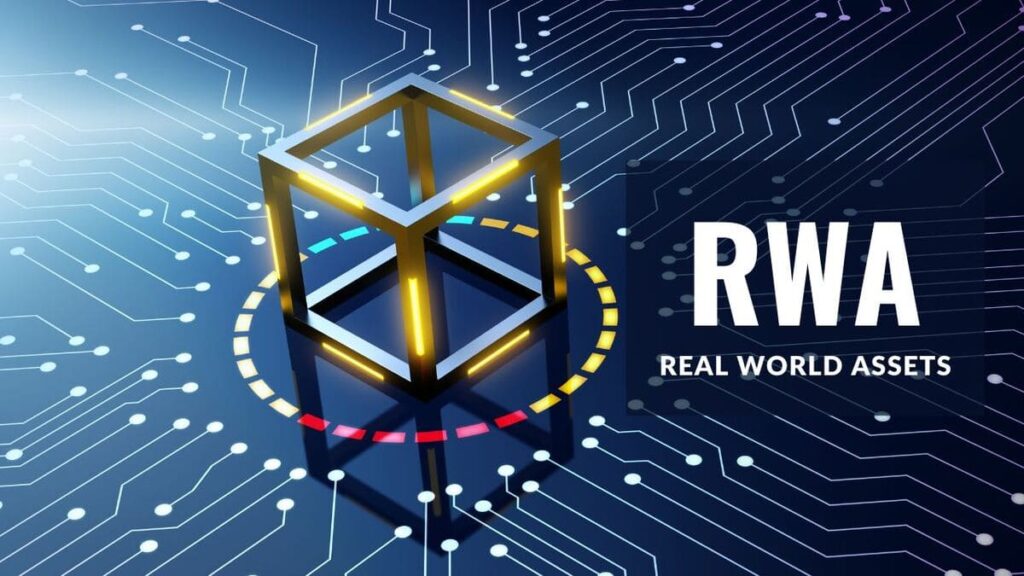Tokenization of Real World Assets (RWA) is no longer a distant concept, but is becoming a new solution for mainland enterprises to overcome financing difficulties. On one hand, there is an urgent need for liquidity and valuation restructuring among mainland enterprises; on the other hand, Hong Kong is actively embracing Web3 and digital finance under the policy and technology dual opening. Capital and technology are converging at Victoria Harbour, and a wave of tokenization has already taken shape.
However, RWA is not an easy path to replicate. Under the favorable policy winds, law, compliance, and technology still constitute "high thresholds". This article will analyze the latest RWA roadmap to Hong Kong in 2025 from a calm perspective, outlining an executable blueprint for asset owners who want to go international.

01 Policy Engine Start-up: Stablecoins and RWA Dual Track Progress
In June 2025, the Financial Secretary of Hong Kong, Chan Mo-po, clearly stated in the article "New Era in Asia": Financial technology services will serve the real economy, with particular focus on the implementation scenarios of stablecoins, cross-border payments, and asset tokenization. Following this, Hong Kong released the "Digital Asset Development Policy Declaration 2.0", proposing "advancing stablecoin and RWA application scenarios" as a development focus.
The declaration has two core pillars: firstly, stablecoins will complete legislative legislation by August 2025, becoming a new infrastructure for cross-border payments; secondly, RWA will become the core bridge connecting digital assets and the real economy. Traditional assets such as real estate, renewable energy, and gold are being included in the tokenization perspective, forming "on-chain assets" that can be traded globally.
This is Hong Kong's clear positioning in the global digital economy competition, and it also provides mainland enterprises with an unprecedented cross-border financing channel.
02 Asset On-Chain Craze: RWA as a New Channel for Mainland Enterprises to "Go Global"
The topic of RWA is rapidly heating up in the mainland. A large number of heavy-asset enterprises are seeking pathways to Hong Kong, especially in industries such as real estate, new energy, and cultural tourism. Real estate companies value the stable cash flow financing channels brought by RWA, while cultural tourism and trendy toy enterprises see it as an opportunity to align with international capital markets, enhancing valuation and brand influence.
Consulting firms, blockchain technology providers, and law firms are intensively roadshowing in mainland cities. For companies with limited funds but holding high-quality assets, Hong Kong's RWA offers a "non-traditional financing" mode, combining legality and technical feasibility.
Behind this craze is confidence in Hong Kong's regulatory clarity, legal safety, and financial freedom. However, it must be pointed out that RWA is not a simple transformation; it is a systematic collaboration of law, finance, and technology.
03 Five Steps for Mainland Assets to Go to Hong Kong RWA
Turning mainland physical assets into tradable RWA products in Hong Kong involves a rigorous process, divided into five major steps:
Asset Preparation (Off-chain Rights Confirmation)
Enterprises need to complete asset valuation, auditing, and legal due diligence domestically, using consortium chains or digital certificates to confirm rights, facilitating subsequent on-chain mapping.
Establishing Hong Kong SPV (Cross-border Structure Setup)
Enterprises need to set up an SPV (Special Purpose Vehicle) in Hong Kong and legally incorporate the asset income rights into the SPV. This step is crucial and determines overall legality.
Regulatory Reporting and License Application
The SPV needs to communicate with regulatory bodies such as the Securities and Futures Commission (SFC) and the Monetary Authority (HKMA) in Hong Kong to obtain relevant licenses, such as Security Token Offering (STO) or asset custody licenses, ensuring compliance with regulations.
On-Chain Token Issuance and Financing Execution
The technical team uses "chain modification" to put assets on the blockchain, issuing corresponding RWA tokens, usually financed in Hong Kong dollars or stablecoins, targeting professional or qualified investors.
Post-Investment Compliance and Information Disclosure
After issuance, continuous disclosure of asset operation, revenue distribution, and on-chain/off-chain reconciliation mechanisms is required to ensure investors' legal rights and avoid compliance risks.
Conclusion: Broad Prospects, But More Rational Calm Needed
RWA is not a short and quick path, but a deep integration of systematic engineering. Mainland assets going to Hong Kong is both an exploration of the future digital financial structure and a real test of corporate professional capabilities and compliance awareness.
Hong Kong provides a credible, safe, and flexible experimental field. However, to truly achieve efficient connection of capital and technology, more patience, professionalism, and long-term investment are needed. For enterprises wanting to get on board, now is the best time to start prudently.
